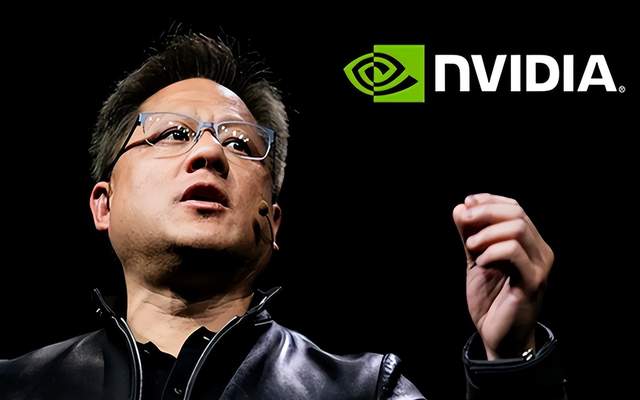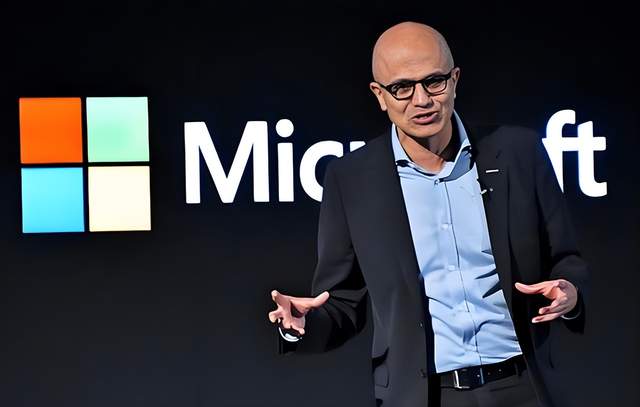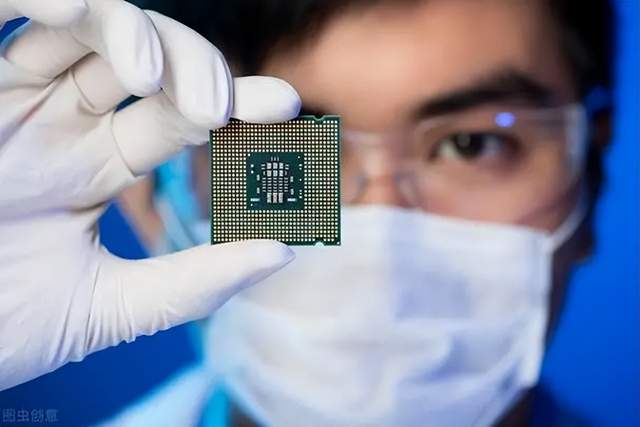Chinese Influence on Global AI is Remarkable: Half of Talents are Chinese, Only 20% American
![]() 05/08 2025
05/08 2025
![]() 697
697
At the recent Hill&Valley Forum in Washington, the founder and CEO of NVIDIA, the leading AI chip company, made a startling revelation that has shaken the West. He claimed that half of the global AI R&D personnel are Chinese, showcasing the immense influence Chinese people have in the AI field. This revelation underscores the astonishing research and development talent that Chinese individuals possess in this domain.

The United States is globally renowned for its AI prowess, home to NVIDIA, the world's most advanced AI chip company, which commands over 90% of the global AI chip market share. Notably, its founder, Jen-Hsun Huang, is Chinese, and NVIDIA boasts a significant number of Chinese engineers.
Indeed, numerous US chip companies are either founded or controlled by Chinese individuals. Examples include AMD and Broadcom. Recently, Intel also appointed a Chinese person as its CEO, underscoring the growing influence of Chinese people in the US chip industry.
While Chinese people exert a strong influence in the US chip industry, Indians dominate the US Internet industry. However, some US industry insiders argue that Indian control over US technology and the Internet isn't entirely beneficial for American companies. For instance, after an Indian served as CEO, Boeing, one of the world's two major aircraft companies, experienced significant accidents, prompting Americans to reflect on the negative impact Indians have on their companies.

Indians' substantial influence in the US Internet industry is widely attributed to their proficiency in communication, which enables them to engage effectively with the founders of American Internet companies. These founders naturally prefer individuals who communicate seamlessly with them.
However, Indians leading American Internet companies have led to the formation of cliques. Once an Indian assumes a senior executive position, a cohort of Indians often floods into the company's middle and senior management, prompting vigilance among American companies.
In contrast, the chip industry differs markedly from the Internet industry. The chip industry places great emphasis on technology, particularly the rapid evolution of chip technology. This necessitates chip companies, from senior executives to grassroots levels, to be well-versed in chip technology to swiftly seize market opportunities and select the correct technical path. Chinese people are renowned for their pragmatism, and their down-to-earth approach is widely acknowledged in Silicon Valley.

As an emerging technology industry, AI heavily relies on technology. Mere verbal communication cannot resolve technical challenges. Thus, it's unsurprising that China, which predominantly relies on importing technical talent, is dominated by Chinese individuals in the AI industry.
Previous analyses have indicated that approximately 46% of AI talents in the United States are Chinese, while Americans account for only 20% of this industry. Indians occupy a much smaller proportion in the field of AI technology compared to Chinese people. Hence, Jen-Hsun Huang's claim that Chinese people make up 50% of AI talents isn't an exaggeration.
If we consider the global perspective, the proportion of Chinese people among AI talents is likely even higher. Currently, AI chips and technologies are primarily developed by China and the United States. Naturally, almost all AI talents in China are Chinese. Therefore, the proportion of Chinese people among global AI talents is more likely to exceed 50%.

The dominance of Chinese talent in the AI technology industry underscores the remarkable scientific and technological prowess of Chinese people. Reports suggest that Chinese individuals have an absolute advantage in the field of mathematics, which is closely intertwined with science and technology. This talent has propelled Chinese people to a prominent position in the global technology industry, driving China's technology to rapidly catch up with the world's advanced levels.







